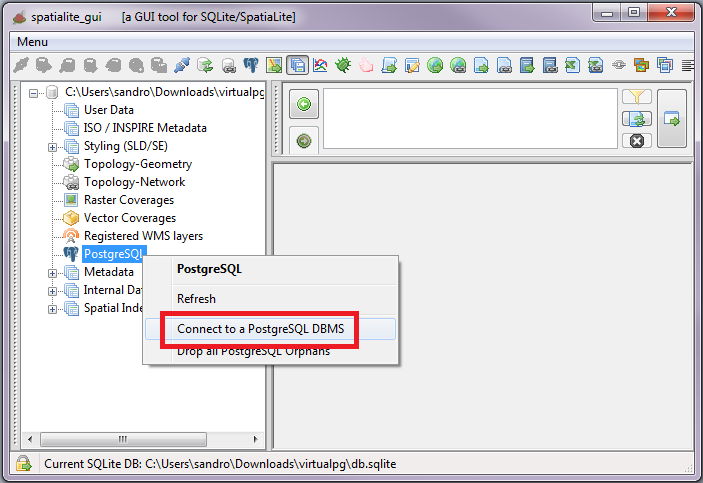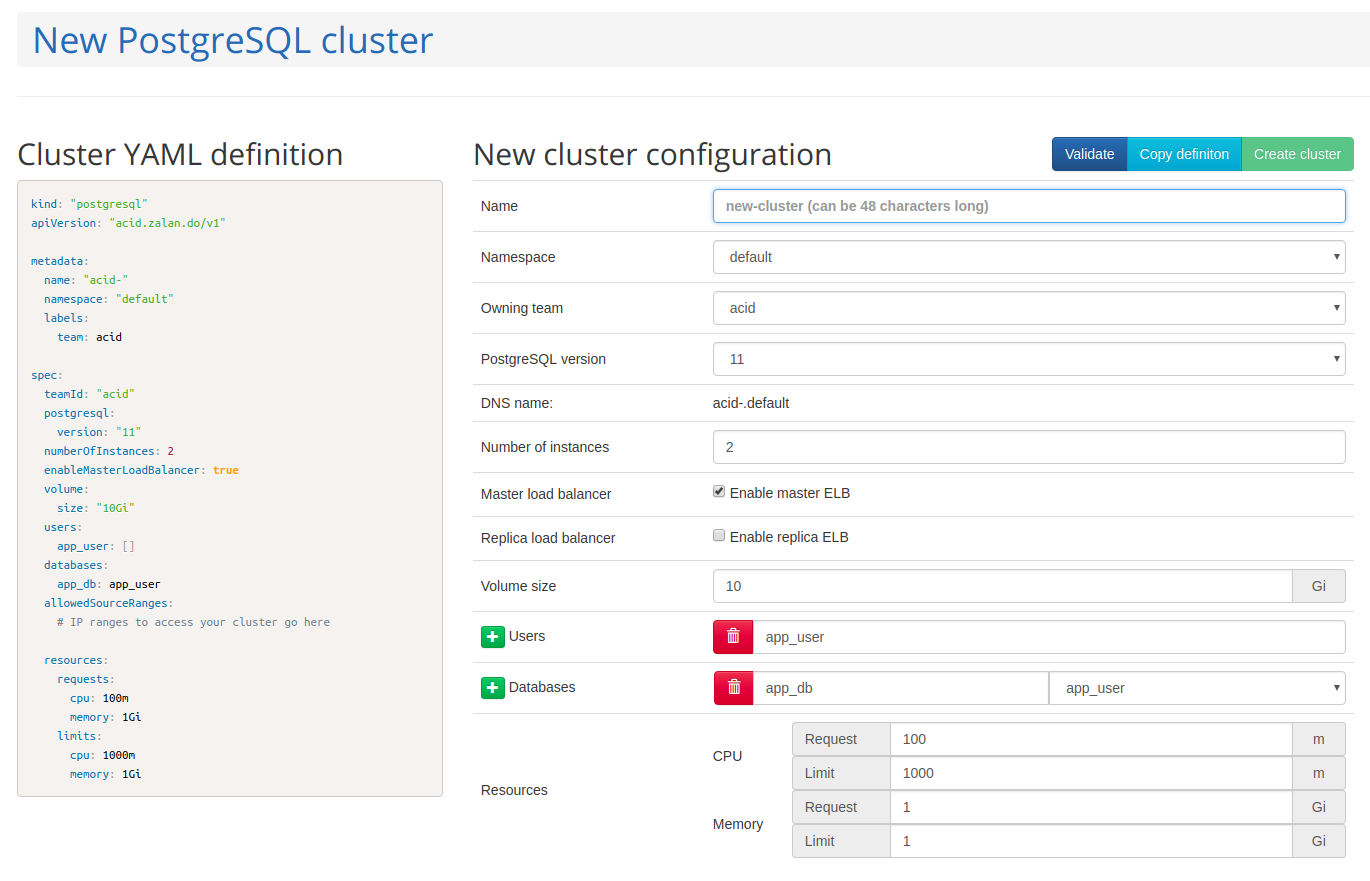

- #Make a gui for postgres how to
- #Make a gui for postgres install
- #Make a gui for postgres password
- #Make a gui for postgres mac
Select '225-250' as TotalRange,count(sale) as Count from sales Select '200-225' as TotalRange,count(sale) as Count from sales Select '150-200' as TotalRange,count(sale) as Count from sales Here’s the Histogram query for PostgreSQL postgresql=# select '100-150' as TotalRange,count(sale) as Count from sales If you already know the histogram bins to be created or if your histogram bucket sizes are different, then you can create frequency distribution using CASE statement. Most Flexible Way to Create Histrogram in PostgreSQL So it allows you to dynamically create histogram in PostgreSQL.

It also creates new bins for new data and/or removes bins in case their count becomes 0. The advantage of the above method is that it automatically changes the bins based on addition/deletion/modification of data. If you want to change the bin size to 25, change floor(sale/ 10)* 10 to floor(sale/ 25)* 25īonus Read : PostgreSQL DROP VIEW postgres=# select floor(sale/25)*25 as bin_floor, count(*) In the above query, we calculate the bin number by dividing each sale value with histogram bin size, that is, 10.

postgres=# select floor(sale/10)*10 as bin_floor, count(*) If you want PostgreSQL Histogram bins to have equal intervals (10-20, 20-30, 30-40, etc.) then here’s the SQL query to create frequency distribution in PostgreSQL. Simplest way to create Histogram in PostgreSQL There are multiple PostgreSQL Histogram queries to create histogram in PostgreSQL. Postgres=# insert into sales values('',210), Let’s say you have the following table sales(order_date, sale) postgres=# create table sales(order_date date,sale int) Here are the steps to create histogram in PostgreSQL. We will look at a couple of different ways to get frequency distribution in PostgreSQL.
#Make a gui for postgres how to
Here’s how to create histogram in PostgreSQL.
#Make a gui for postgres install
In our next post we will learn How to create a postgres database using pgAdmin. So far, we learned how to install PostgreSQL and pgAdmin, links are given below. You can also open multiple tabs to connect and write queries for different database just as we did right now. You can write and execute sql queries from here. To access the query tool, right click on the postgres database and select Query Tool. To write and execute SQL queries in pgAdmin we use the Query Tool. All the tables in your database will resides under the Tables on the left.ģ. Expand the Databases > postgres > Schemas > public > Tables. Once the server is connected, you will see a window like this.
#Make a gui for postgres password
So select that and enter the password that set during postgres installation.Ģ. In your system it might be also called localhost instead of PostgreSQL 14.
#Make a gui for postgres mac
If you are on Mac then go to the Application folder and open it, also make sure that you have launched Postgres.app before opening the pgAdmin on Mac. It is a graphical interface (GUI) which helps you manage your PostgreSQL server, databases, import and export data and write SQL queries.įirst open the pgAdmin from the start menu under PostgreSQL folder on windows. PgAdmin is an administrative and management tool for PostgreSQL.


 0 kommentar(er)
0 kommentar(er)
